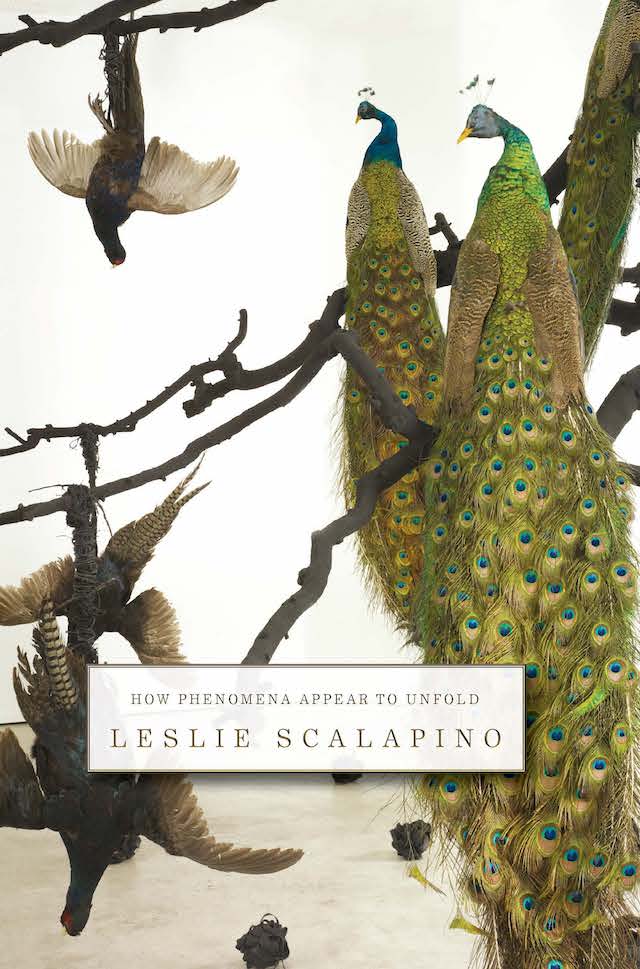enough
Edited by Leslie Scalapino, Rick London
$16.00
This title is available as a free PDF.
Read on Jacket2 Reissuesenough, which the editors, Leslie Scalapino and Rick London, began to assemble following 9/11 and at the start of the U.S. war on Afghanistan, is a collection of poets whose writings are interactive with their current time, producing writing in its matter and syntax not separate from oppressive conditions and war. The volume takes as its premise that a radical purpose of poetry in critical times is to disrupt the language of consensus. Writers include Mahmoud Darwish, Nasri Hajjaj, Philip Whalen, Michael McClure, Diane Di Prima, Lawrence Ferlinghetti, Joanne Kyger, Anne Waldman, Alice Notley, Anselm Berrigan, Lisa Jarnot, Eileen Myles, Bill Berkson, Lyn Hejinian, Charles Bernstein, P. Inman, Tina Darragh, Robert Grenier, Abigail Child, Alan Davies, Nathaniel Mackey, Fanny Howe, Harryette Mullen, Murilo Mendes, Abdul Kader El Janabi, Tom Raworth, Etel Adnan, Jackson Mac Low, Mei-mei Berssenbrugge, Jalal Toufic, and others.
Leslie Scalapino
Rick London
Praise for enough
The editors began to assemble this anthology following 9/11 at the start of the U.S. war on Afghanistan. It is a collection of poets whose writings are interactive with the current time, writing as its matter and syntax not separate from oppressive conditions and war. In enough, U.S. poets, British, Palestinian, Iraqi, Israeli, speak back and forth to each other only in the medium of their art. Most of the poems were written for this collection; the poets were taking on being in that moment/event (of an exchange unknown until it is a book, as well as being in those real-time events). The editorial basis of enough is that these poets’ art is not separate from their being in the world — and that: Seeing what’s happening is a form of change.
— Leslie Scalapino
A radical purpose of poetry in critical times is to disrupt the language of consensus, taking possible thought into a more intimate relation to life as anybody lives it, contradicting the fanfare of established power. And inventing new ways of making art reflects the rejection of hegemonic forces in the world. Engaged art perceives that when the wounded speak they use the language of the wound. The work gathered in this collection opens and extends these radical practices.
— Rick London




